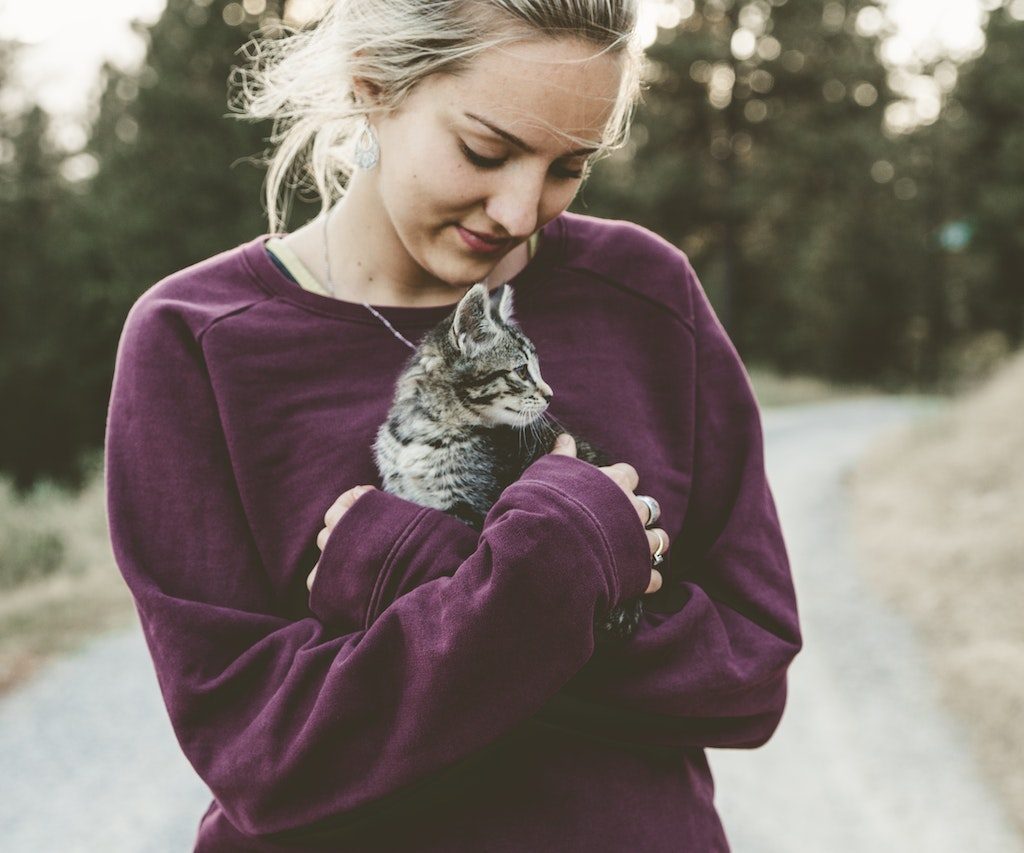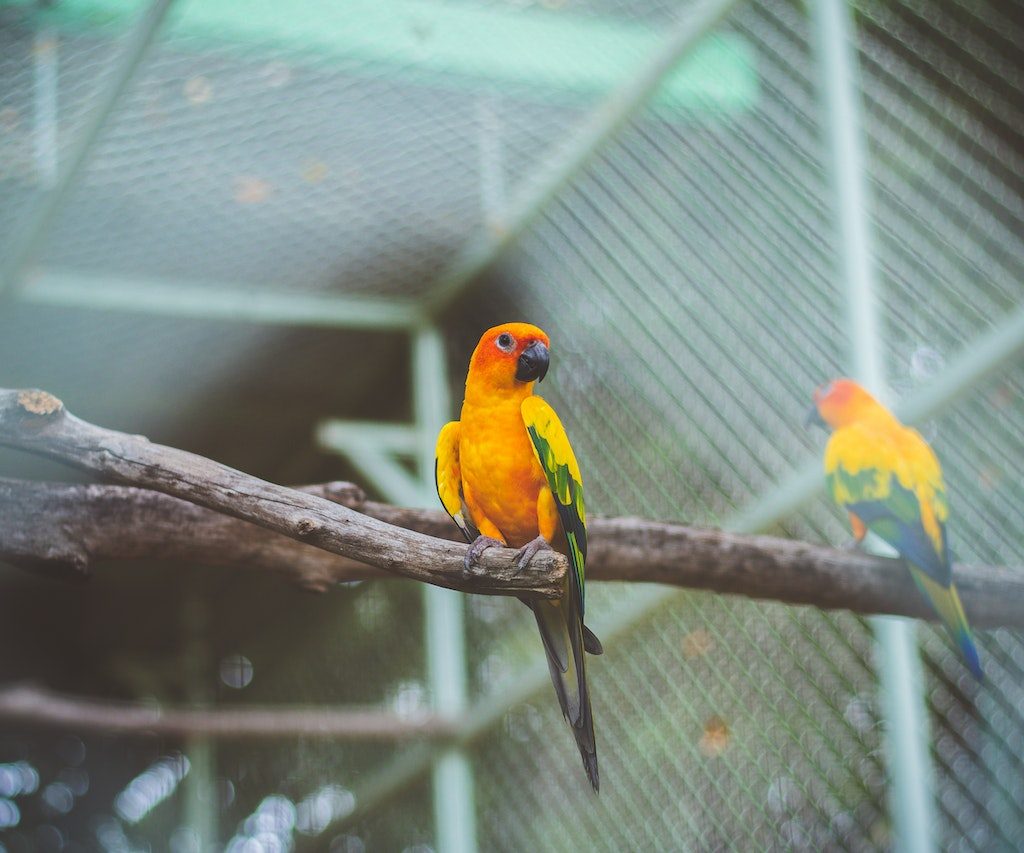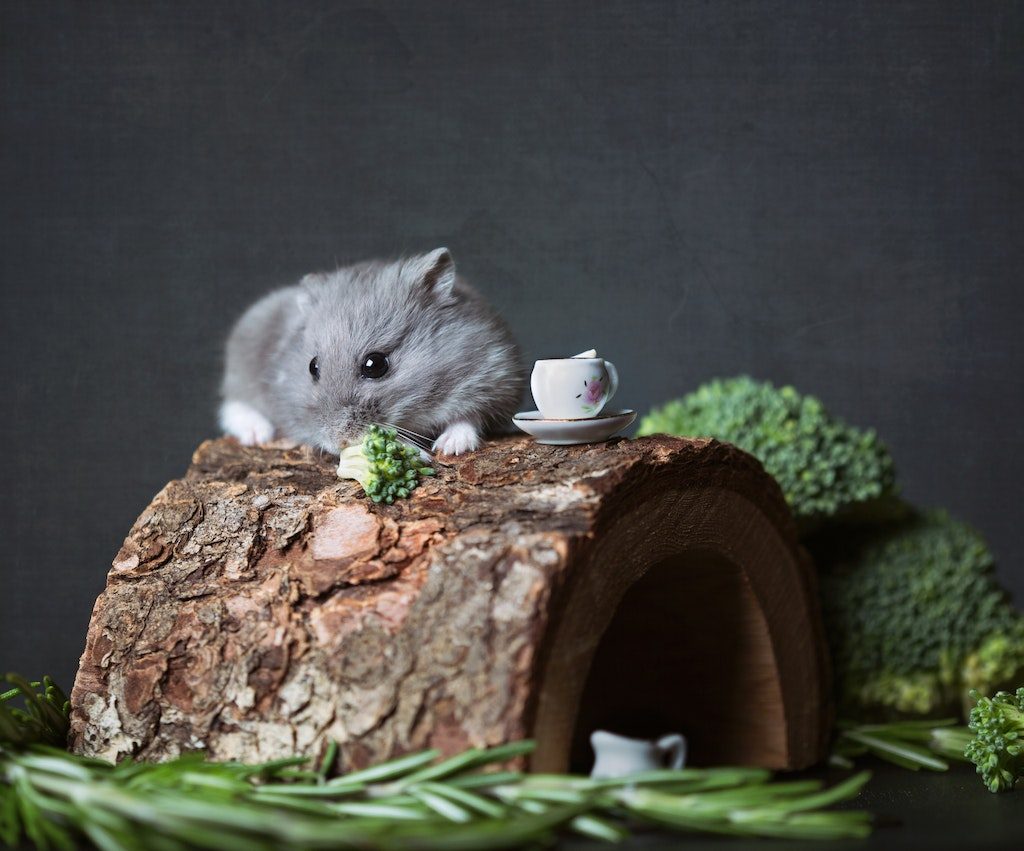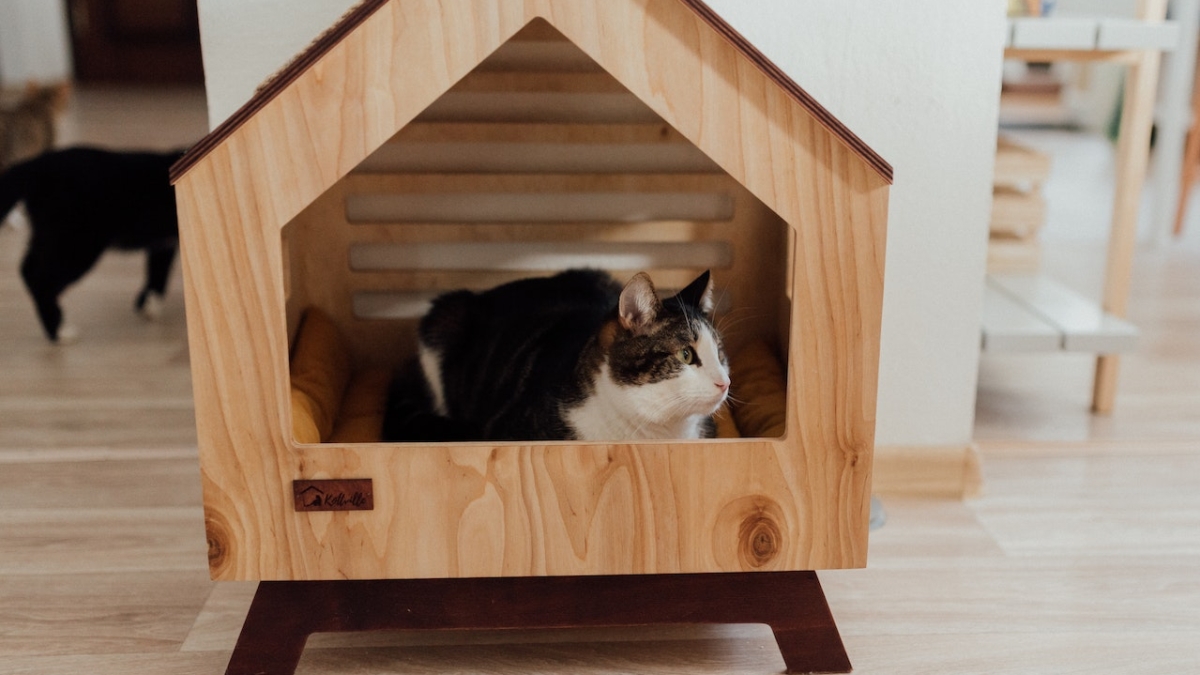Small animals such as hamsters, guinea pigs, rabbits, and ferrets are popular pets for families and individuals. These furry friends require appropriate housing and habitat that can provide them with a comfortable and safe environment to live in. Choosing the right type of habitat for your small animal can be a daunting task, with several factors to consider, such as size, ventilation, and safety. In this article, we will explore the various types of small animal habitats available, how to design and set up a suitable habitat, and tips for maintaining and cleaning it.
Choosing the Right Type of Habitat for Your Small Animal

Selecting the right type of habitat for your small animal can be challenging, especially if you are a new pet owner. Several factors should be considered when choosing a habitat, such as the size of your pet, its species, and its behavior. One of the most popular types of small animal habitats is the cage. Cages come in different sizes and designs, and are ideal for small animals such as hamsters, gerbils, and mice. They are usually made of plastic or metal wires, and can be fitted with tunnels and platforms to provide your pet with additional space.
Another type of small animal habitat is an enclosure, which is ideal for larger animals such as rabbits and guinea pigs. Enclosures are usually larger than cages, and can be made of wood or metal wire. They can be fitted with ramps, levels, and hideaways to provide your pet with additional space and activities.
Hutches are also popular habitats for small animals such as rabbits and guinea pigs. They are usually made of wood and are suitable for outdoor use. They can be fitted with insulation and heating to provide your pet with a warm and comfortable environment during winter.
Finally, terrariums are suitable habitats for reptiles and amphibians. They can be made of glass or acrylic, and can be fitted with heat lamps and water features to simulate the natural environment of your pet.
Designing and Setting Up Your Small Animal Habitat

Once you have chosen the right type of habitat for your small animal, the next step is to design and set it up appropriately. The first thing you should consider is the size of your pet and its habitat. Your pet should have enough space to move around and exercise, as well as enough space for its food, water, and toys.
You should also consider the bedding and litter for your pet. Some small animals, such as hamsters and gerbils, require special bedding material such as wood shavings, while others such as rabbits and guinea pigs require hay or straw. Ensure that the bedding material you choose is comfortable for your pet and easy to clean.
Another important consideration is your pet’s food and water. Small animals such as rabbits and guinea pigs require fresh vegetables and fruits in addition to their regular food. Ensure that you provide your pet with fresh and clean water every day.
Finally, you should provide your pet with toys and enrichment activities to keep it entertained and active. Hamsters and gerbils, for example, require exercise wheels, while rabbits and guinea pigs enjoy tunnels and hideaways.
Maintaining Your Small Animal Habitat

Maintaining your small animal habitat is critical for the health and safety of your pet. Regular cleaning and disinfecting are essential to prevent the growth of bacteria and parasites that can cause illnesses. The frequency of cleaning will depend on the type of habitat and the number of pets you have.
For cages and enclosures, you should clean them at least once a week, while for outdoor hutches, you should clean them every other day. For terrariums, you should clean them at least once a month. Use a mild soap or disinfectant and rinse thoroughly to remove any residue.
When cleaning your small animal habitat, ensure that
you remove your pet from the habitat and place it in a temporary holding area to prevent it from getting stressed or injured. Once you have finished cleaning, replace the bedding and litter, fill up the food and water bowls, and return your pet to its habitat.
In addition to cleaning, you should also check your pet’s habitat regularly for any signs of wear and tear, such as broken wires, sharp edges, or loose bolts. If you notice any damage, repair it immediately to prevent your pet from getting injured.
Expert Opinion
Providing suitable homes and habitats for small animals is crucial for their health and wellbeing. Selecting the right type of habitat, designing and setting it up appropriately, and maintaining it regularly are all important factors to consider when taking care of your furry friend.
By following the tips outlined in this article, you can create the perfect space for your small animal, ensuring that it is safe, comfortable, and happy. Whether you choose a cage, an enclosure, a hutch, or a terrarium, remember to provide your pet with enough space, food, water, and toys, and to clean and maintain its habitat regularly. With the right care and attention, your small animal will thrive in its new home.

Add a Comment